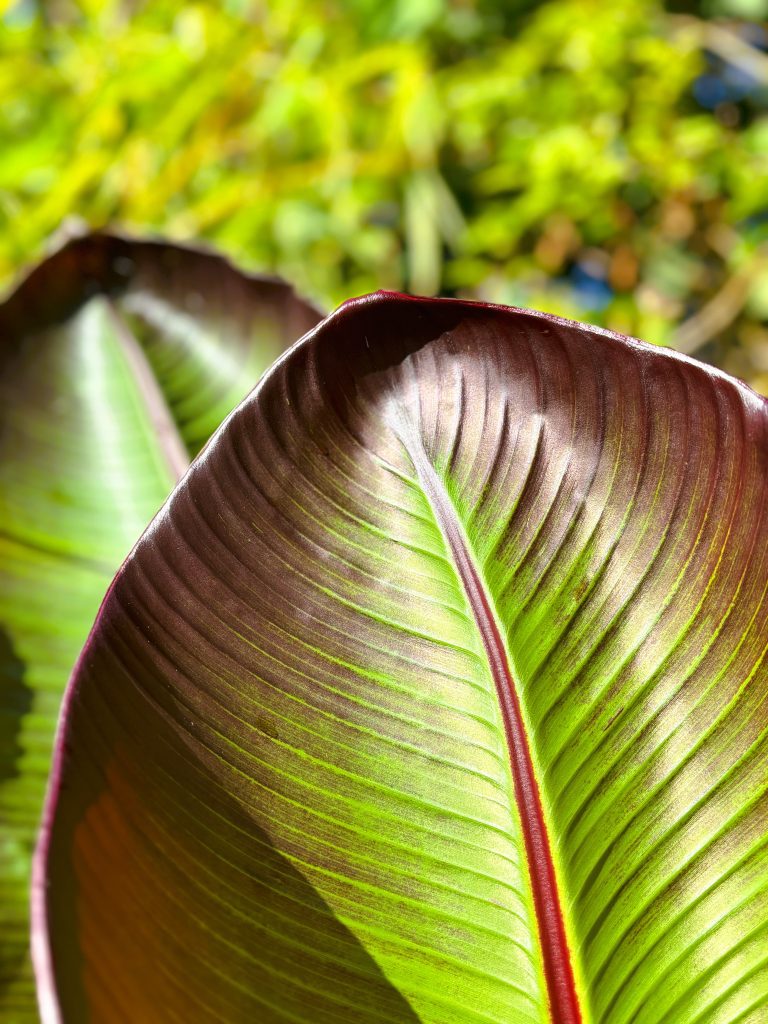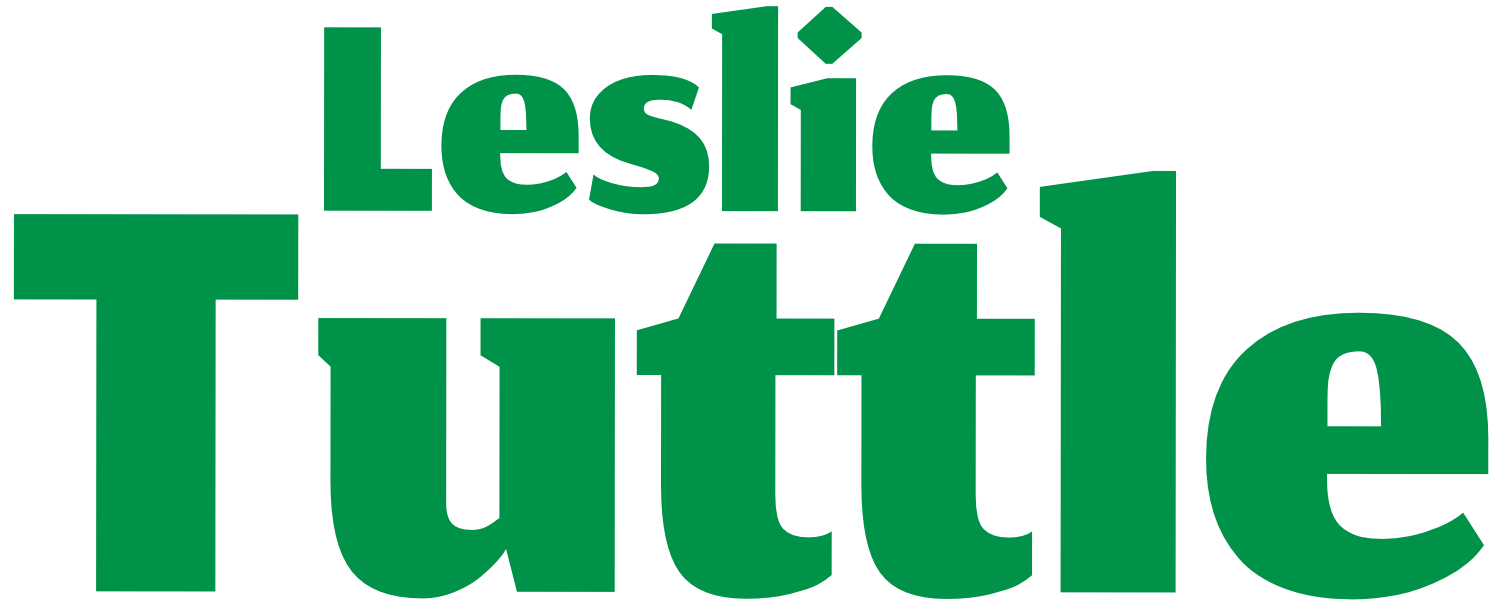To achieve the biggest and healthiest leaves on your Ensete ventricosum Maurelii, proper feeding is essential. This plant is a heavy feeder, and providing the right nutrients in the right amounts at the right times is key to its robust growth. Here is a detailed guide on what type of feed to use and how to apply it effectively.
Types of Fertilizers
- Balanced Fertilizers:
- NPK Ratio: A balanced fertilizer with an equal ratio of nitrogen (N), phosphorus (P), and potassium (K), such as 10-10-10 or 20-20-20, is ideal for general growth.
- Application: Apply a balanced, slow-release fertilizer at the time of planting. This provides a steady supply of nutrients as the plant establishes itself.
- Frequency: Reapply every 8-10 weeks during the growing season (spring to early autumn).
- High-Nitrogen Fertilizers:
- NPK Ratio: A fertilizer high in nitrogen, such as 30-10-10, promotes vigorous leaf growth. Nitrogen is crucial for the development of lush, green foliage.
- Application: Use a high-nitrogen fertilizer every 4-6 weeks during the peak growing season (late spring to late summer).
- Method: Apply according to the manufacturer’s instructions, usually by scattering granules around the base of the plant or diluting liquid feed in water and applying it directly to the soil.

- Organic Fertilizers:
- Compost: Incorporate well-rotted compost into the soil at the time of planting. Top-dress with compost in early spring and mid-summer to add organic matter and essential nutrients.
- Compost Tea: Brew compost tea by soaking compost in water for 24-48 hours. Use this liquid feed to water your Ensete every 2-4 weeks during the growing season.
- Fish Emulsion: A natural fertilizer rich in nitrogen. Dilute according to package instructions and apply every 3-4 weeks.
- Specialized Banana Fertilizers:
- Some garden centers offer fertilizers specifically formulated for banana plants, including Ensete species. These blends often contain the ideal balance of nutrients tailored to banana plants’ needs.
Feeding Schedule
- Early Spring (March-April):
- Balanced Fertilizer: Apply a balanced, slow-release fertilizer to kickstart growth as temperatures rise.
- Organic Matter: Top-dress with compost to improve soil structure and nutrient content.
- Late Spring to Mid-Summer (May-July):
- High-Nitrogen Fertilizer: Apply every 4-6 weeks to promote large leaf growth.
- Liquid Feeds: Use compost tea or fish emulsion between high-nitrogen feedings for an extra nutrient boost.
- Late Summer to Early Autumn (August-September):
- Balanced Fertilizer: Reapply to support continued growth and prepare the plant for the upcoming winter.
- Organic Matter: Another top-dress with compost helps sustain nutrient levels.
- Autumn to Winter (October-February):
- Reduced Feeding: As the plant enters dormancy, reduce feeding significantly. If overwintering indoors, apply a very light dose of balanced fertilizer once, or not at all, during the dormant period.
Application Tips
- Even Distribution: Ensure fertilizers are evenly distributed around the base of the plant, avoiding direct contact with the stem to prevent burn.
- Watering: Water the plant thoroughly after applying fertilizers to help dissolve and distribute the nutrients into the soil.
- Mulching: Mulch with organic material like straw or bark chips after fertilizing to retain moisture and slowly add nutrients to the soil as the mulch decomposes.
By following this detailed feeding regimen, you can provide your Ensete ventricosum ‘Maurelii’ with the nutrients it needs to produce the biggest and healthiest leaves. Proper feeding, combined with optimal watering, protection, and general care, will ensure your plant thrives and becomes a stunning focal point in your garden.

